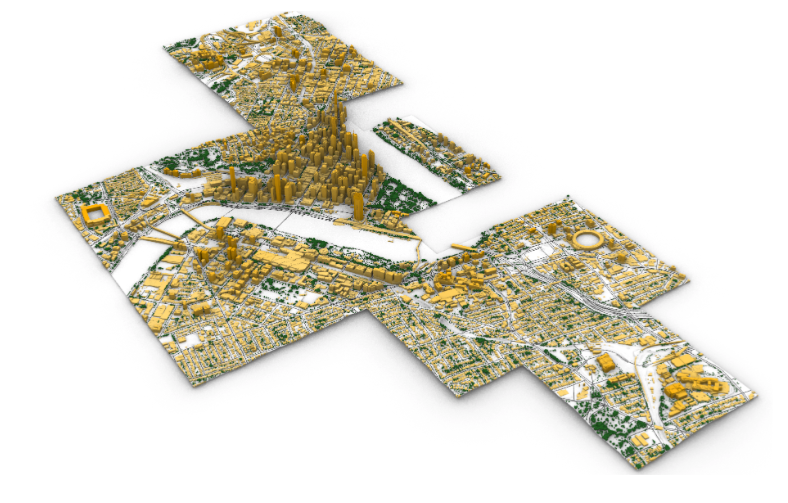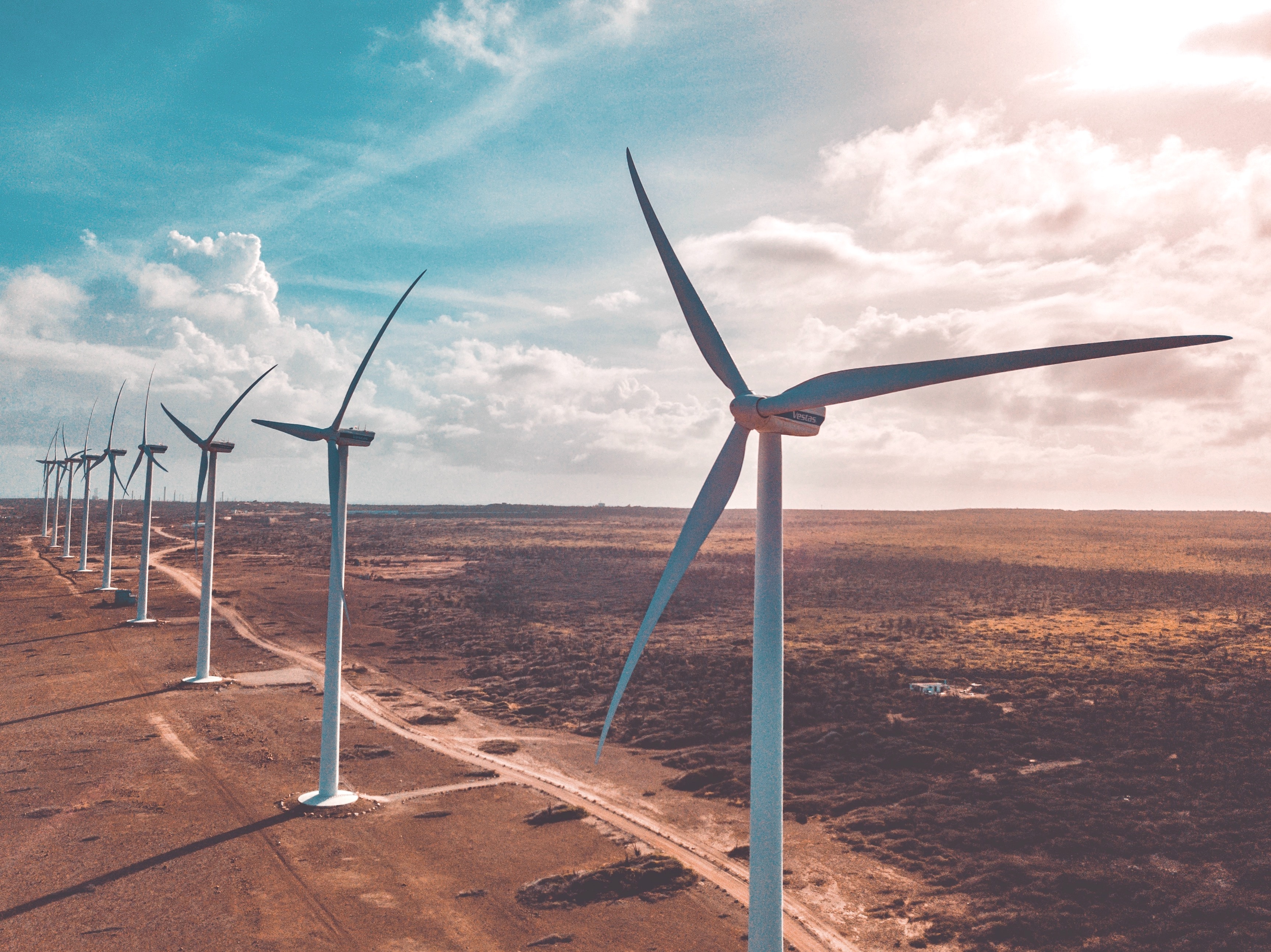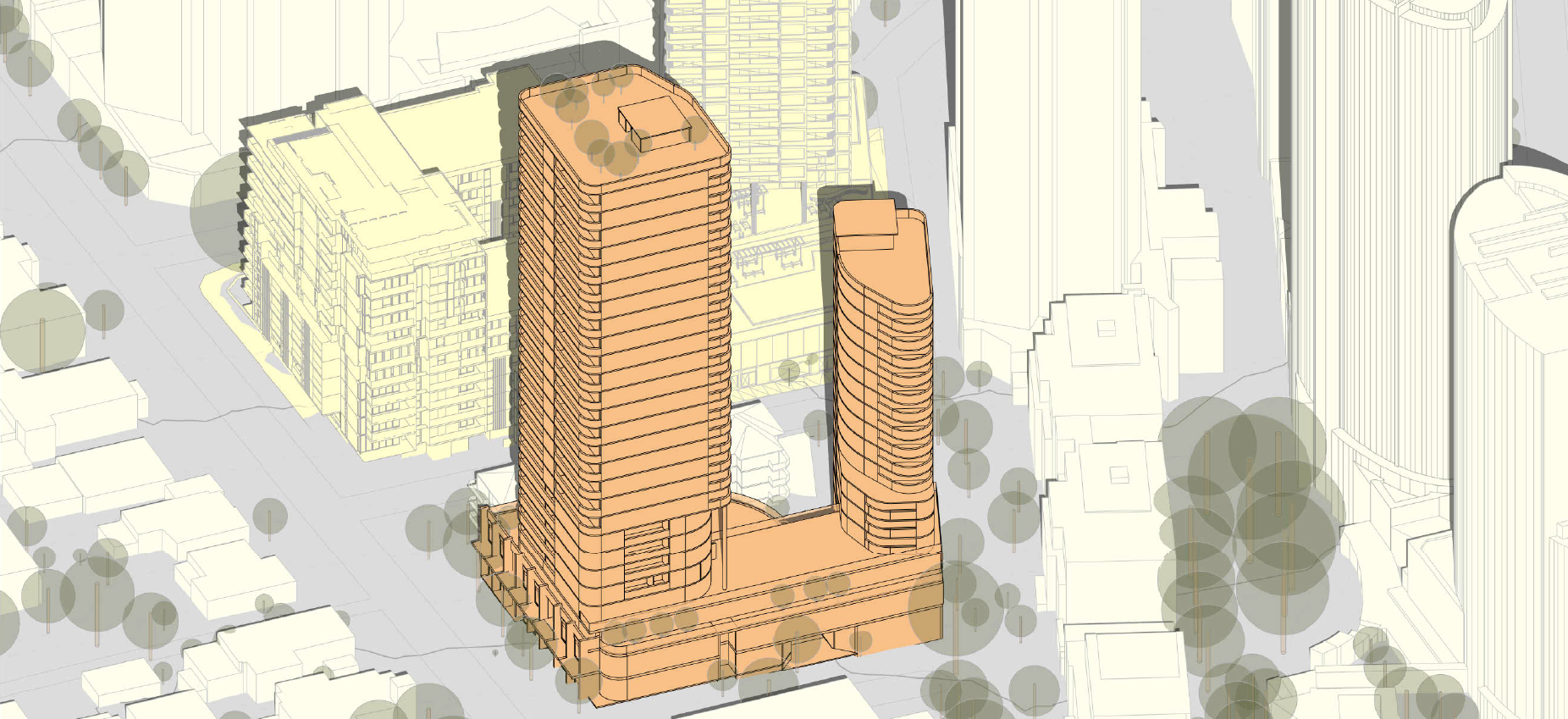Visual Impact Assessments (VIA) are an essential component of environmental assessments and are used to evaluate the potential visual impact of proposed projects on the surrounding environment and community. However, VIAs alone are not enough to fully evaluate the potential environmental impact of a project. That's why the integration of VIAs with other environmental assessments is crucial to ensuring a comprehensive evaluation of a project's potential impact.
Environmental assessments are used to identify and evaluate the potential environmental impacts of a proposed project. These assessments consider a range of factors, including air and water quality, noise levels, ecological impact, and the impact on cultural and social values.
By integrating VIAs with other environmental assessments, stakeholders can obtain a more complete understanding of the potential impact of a project on the environment and surrounding community.
One of the key benefits of integrating VIAs with other environmental assessments is that it provides stakeholders with a more comprehensive view of the potential impact of a project. For example, a proposed wind farm may have a minimal visual impact on the surrounding landscape, but it may also have a significant impact on bird migration patterns.

By integrating VIAs with ecological impact assessments, stakeholders can evaluate the potential impact on bird populations and make informed decisions about the project's design and location.
Another benefit of integrating VIAs with other environmental assessments is that it helps identify potential conflicts and trade-offs between environmental values. For example, a proposed highway may have a minimal visual impact, but it may also have a significant impact on air quality and noise levels.
By integrating VIAs with air and noise assessments, stakeholders can identify potential conflicts and trade-offs and make informed decisions about the project's design and location.
The integration of VIAs with other environmental assessments also improves stakeholder engagement by providing a more comprehensive view of the potential impact of a project.
By considering a range of environmental factors, stakeholders can better understand the potential impact of a project on the environment and surrounding community. This, in turn, can lead to more informed decision-making and increased support for the project.

In conclusion, the integration of VIAs with other environmental assessments is crucial to ensuring a comprehensive evaluation of a project's potential impact.
By considering a range of environmental factors, stakeholders can obtain a more complete understanding of the potential impact of a project on the environment and surrounding community.
This, in turn, can lead to more informed decision-making, increased support for the project, and ultimately, better protection of the environment and surrounding community.
Did you know Certified Energy can provide Visual Impact Assessments? Our Visual Impact Assessments can be used for projects of all scales. We have comprehensive experience with visual impact assessment planning, view shed analysis, survey accurate photomontages, viewpoint analysis, development mitigation, photographic survey, water view & view montage, predictive view montage, council view report, landscape character assessment, viewer sensitivity and LVIA working within the current GLVIA.
Our team prides ourself on producing comprehensive Visual Impact Assessments which can help you:
- Understand why a Visual Impact Assessment is required for your project
- Analyse the existing context of the site/location
- Consider the proposed development, its purpose and relationship to the broader context
- Understand the factors which may influence visual impact
- Analyse and evaluate viewpoints and their anticipated perspectives in line with both the existing and proposed contexts
- Provide strategies to minimise, manage and avoid potential visual impacts
Need advice? Feel free to get in touch with us and talk to one of our highly qualified technicians and Architects today.
1800 115 661
info@certifiedenergy.com.au







